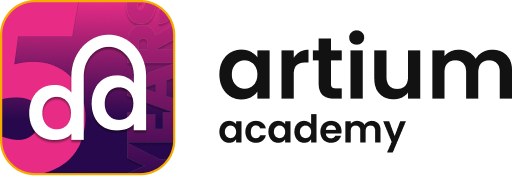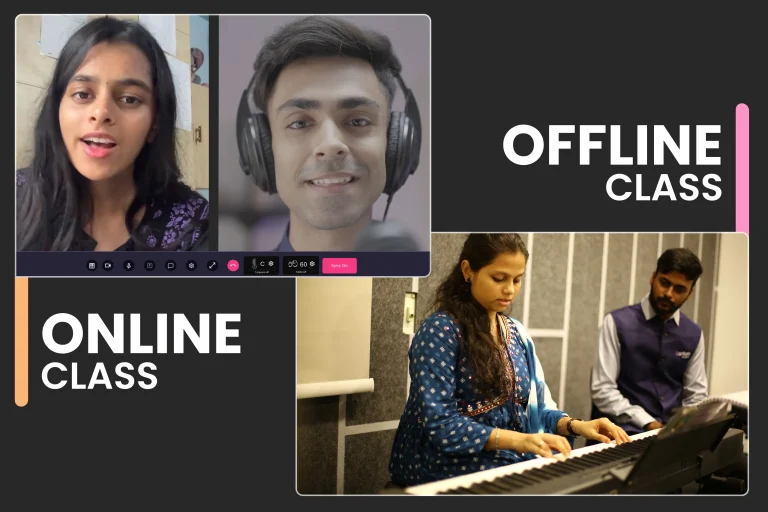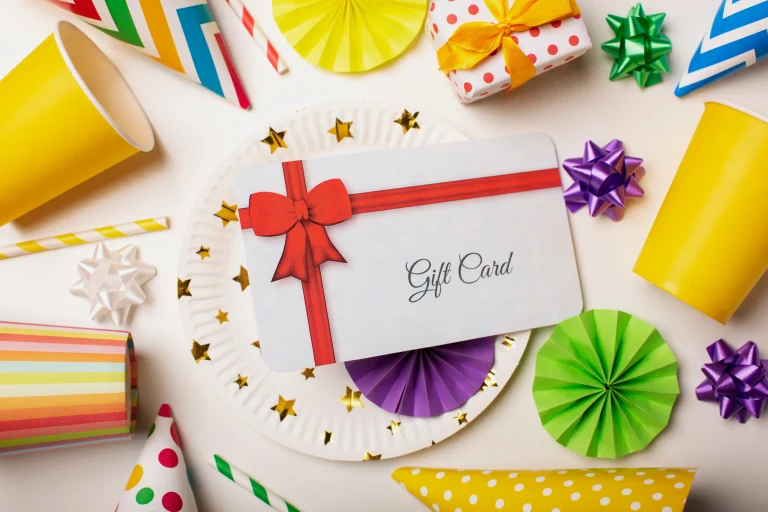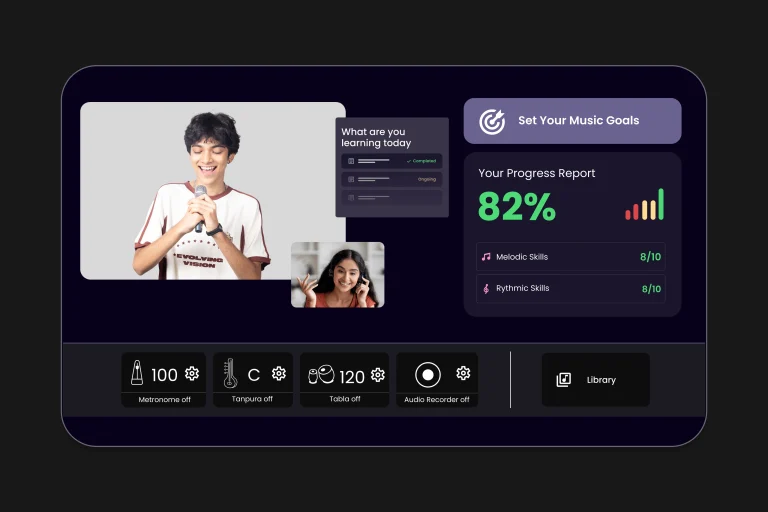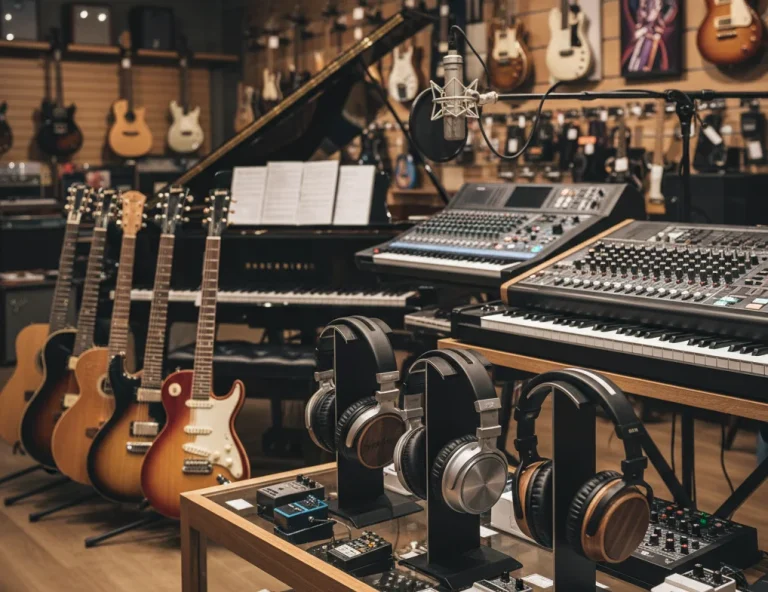All Topics
- Alchemizing Music Concepts for Students
- Artist Spotlight
- artium gift card
- Artium Maestros
- Artium News
- Carnatic Music
- Devotional Music
- Editorials by Ananth Vaidyanathan
- Film Music
- Guitar
- Hindustani Classical Music
- Indian Classical Music
- Indian Folk Music
- Insights
- Instruments
- Karaoke Singing
- Keyboard
- Kids Music
- maestros
- Music Education
- Music for Kids
- Music Industry
- Music Instruments
- Music Theory
- Music Therapy
- Piano
- Tamil Film Music
- Telugu Film Music
- Time Theory
- Tools
- Uncategorized
- Vocal Singing
- Vocals
- western classical music
- western music
- Western vocal music
Sing Along! 10 Easy Disney Songs for Kids
Sing Along! 10 Easy Disney Songs for Kids
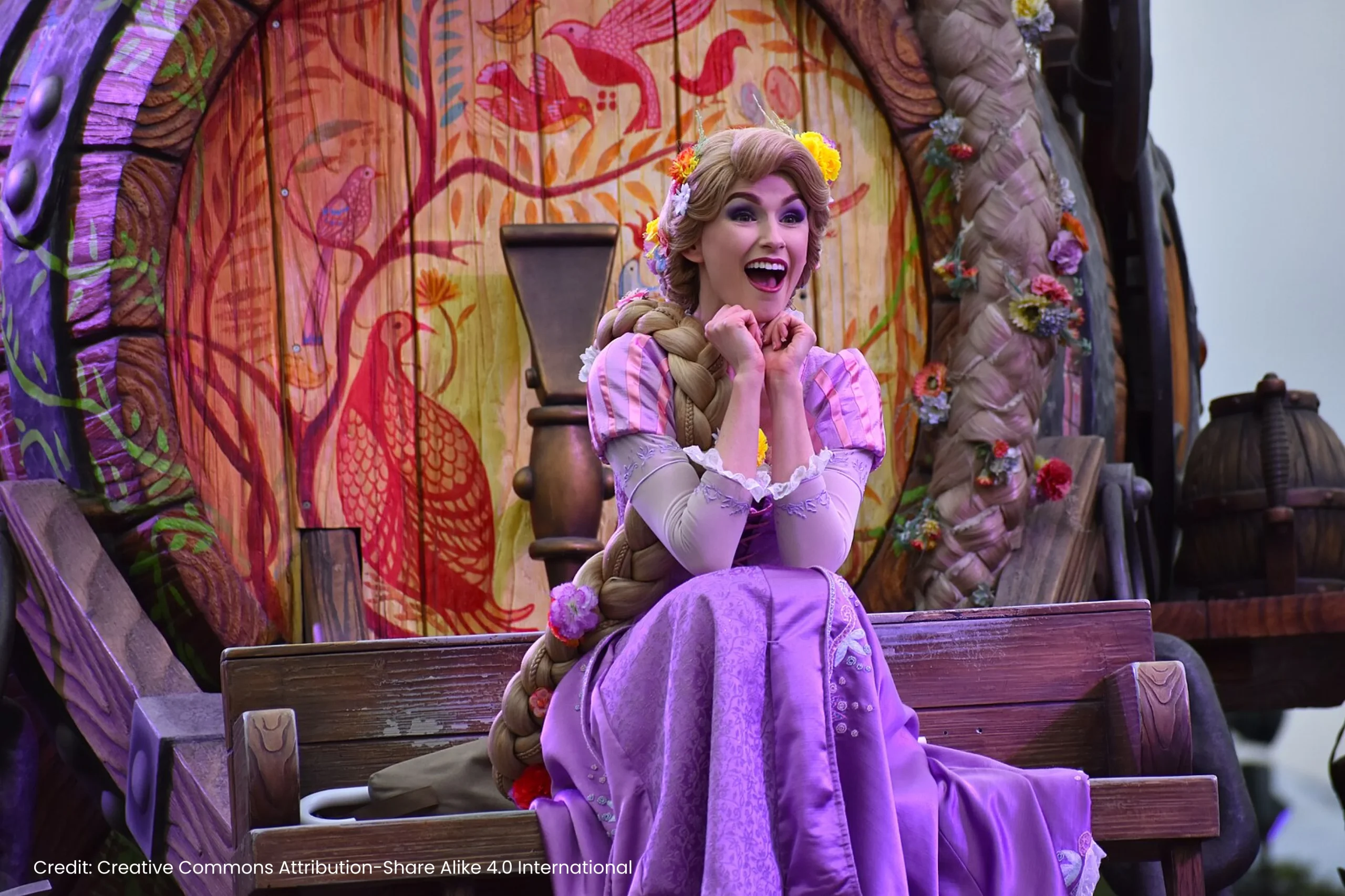
Table of Contents
Does your seven-year-old like belting out “Let It Go” from their bedroom?
Or, does your ten-year-old hum “Hakuna Matata” during their homework? Or, you may have a teenager who sings “How Far I’ll Go’s” soaring notes in the shower. If this sounds like you, then you are witnessing your child’s natural attraction to the wonderful world of Disney music.
These songs are more than just entertainment; they serve as a gateway to vocal development and confidence.
Disney songs for kids offer the right combination of experience, age-appropriate challenges and happiness that makes learning to sing a fun activity.
In the end, what matters is that you are transforming your living room into a concert hall and giving your kid confidence, self-expression and a chance to become a singer. With Artium’s online music classes for kids, this journey becomes structured, fun, and inspiring
Why are Disney Songs Ideal for Young Learners?
There is something magical about Disney music that instantly connects with kids. From fascinating stories to memorable characters, Disney songs have the power to make them a good tool for up-and-coming voices.
Familiarity Breeds Confidence
We all feel confident when we know something, and this holds true for kids as well. That’s because familiarity cultivates confidence. When they’re familiar with the melody and lyrics of their favorite Disney songs, they can focus entirely on improving their vocal technique rather than learning unfamiliar material. This allows them to overcome the fear or intimidation of learning something new and dive straight into the fun of singing.
Emotional Connection Accelerates Learning
When children emotionally connect to something, they put their heart and soul into learning that. Disney music taps into children’s emotions like no other form of vocal exercise. For example, when a kid sings “Part of Your World”, they are not just practicing scales; they are expressing Ariel’s dreams and aspirations. This emotional investment helps them improve their expression, breath control and overall performance quality.
Age-appropriate Vocal Ranges for Healthy Development
The most popular Disney songs can be sung in comfortable ranges. They are apt and carefully written for children aged 6-15 years. The vocal ranges in these songs, spanning from middle C to high E, challenge young learners without straining their evolving voices.
Built-in Motivation keeps Kids Engaged
Disney songs for kids come with instant recognition and excitement. Unlike traditional or classical pieces, Disney music keeps them engaged. That’s because they have heard these songs countless times in their favorite movies. This makes practicing feel more like preparation, rather than a tedious repetition.
Why Are Disney Songs for Kids “Easy”?
Not all Disney music is easy. Some popular Disney songs are created differently in terms of vocal training. These songs have certain key features that make them an ideal stepping stone in a child’s musical journey.
Simple melodic structure = Security
Most of these songs have simple and easily graspable melodies. They typically feature stepwise melodies that progress in small, predictable intervals rather than making dramatic leaps. For beginners, this creates a sense of security as their ear for pitch and interval recognition is still evolving.
Repetition aids in memorization
Hear any top Disney songs, and you will notice that they often feature repetitive choruses and simple verse structures. Children usually find it easy to memorise quickly. The repetition allows kids to focus on vocal technique, avoid remembering words and build confidence as they master each section.
Storytelling to Inspire Expression
When kids hear or watch Disney music, it naturally inspires them to think about characters, emotions and storytelling while singing. This aids in developing the ability to communicate meaning and emotions through song, which is the most important aspect of vocal performance.
Moderate Tempos for Better Control
The most effective Disney songs for learning maintain moderate tempos, allowing children time to focus on breath support, diction, and pitch accuracy without feeling rushed.
The Top 10 Easy Disney Songs for Kids
1. When You Wish Upon A Star (Pinocchio)
This is one of the popular Disney songs for kids and serves as an introduction for young voices. The song features a gentle melody and an inspiring message that helps children develop fundamental breath control and pitch accuracy. The song features a narrow vocal range and a slow tempo, making it ideal for young learners to focus on diction and emotional expression.
Vocal Benefits: Breath support, sustained notes, emotional connections.
Tips for Parents: Build the storytelling aspect of your child by encouraging them to sing this song.
2. “You’ve Got a Friend in Me” (Toy Story)
This anthem by Randy Newman is one of the popular Disney songs for kids beginning their vocal journey. The song features a limited vocal range and a straightforward melody that builds confidence quickly. It conveys a simple message of friendship that resonates deeply with children, allowing them to connect emotionally with the song.
Vocal Benefits: Pitch accuracy, rhythm development, conversational singing style
Tips for Parents: This is a perfect song for a parent-child duet. It helps kids learn to sing with others and maintain a melodic line.
3. “Hakuna Matata” (The Lion King)
This Disney song is perfect for building rhythm, diction and breath control. The song features a call-and-response segment, making it ideal for group performances. The faster sections in the song challenge children to express clearly and maintain steady breathing.
Vocal Benefits: Rhythmic accuracy, breath control, and clear diction.
Tips for Parents: Make this song more engaging to your child by using simple choreography or hand gestures.
4. “The Bare Necessities” (Jungle Book)
We all may have heard this song from the cartoon or the famous movie, The Jungle Book. Baloo’s ideology on life offers kids a perfect chance to work on breath control and diction while having fun. The song features a jazz-influenced rhythm that helps develop timing and a limited vocal range, making it accessible for new voices.
Vocal Benefits: Breath management, jazz rhythms, relaxed vocal production.
Tips for Parents: Encourage your child to act and sing like Baloo, with a carefree attitude. This will help them relax their voice and avoid tension.
5. How Far I’ll Go (Moana)
This song is ideal for children aged 8 to 15 years. It connects with their innate desire for adventure and self-discovery. The song features repetitive melody lines that are excellent for building pitch accuracy.
Vocal Benefits: Pitch accuracy, power development, sustained notes.
Tips for Parents: Educate your child with Moana’s journey of self-discovery. This connection will help them improve their vocal expression.
6. “A Whole New World” (Aladdin)
This award-winning duet is ideal for children aged 9 to 15 years. It helps them sing with others and teaches them to collaborate without feeling overwhelmed by complexity.
Vocal Benefits: Duet skills, breath coordination, romantic expression
Tips for Parents: To make it enjoyable and build your child’s ensemble skills, take turns to sing parts by Aladdin and Jasmine with your child.
7. “Part of Your World” (The Little Mermaid)
Ariel’s yearning ballad strikes an excellent balance between controlled verses and soaring choruses. This song allows children to explore dynamic range—singing softly during contemplative moments and building to powerful climaxes during the chorus.
Vocal Benefits: Dynamic control, emotional expression, breath management
Tips for Parents: Discuss Ariel’s dreams and desires to help your child connect emotionally with the song’s message.
8. “Colors of the Wind” (Pocahontas)
This ballad features a stepwise melody that provides a sense of security for learners embarking on their singing journey. Young singers can stretch their vocal range in the chorus part, while the verses work on storytelling and emotional connection.
Vocal Benefits: Stepwise melody security, range extension, storytelling
Tips for Parents: Use this song to discuss nature and environmental awareness, adding educational value to the musical experience.
9. “Let It Go” (Frozen) – Simplified Version
The complete version of this song can be challenging. An easier version makes this modern classic accessible to new voices. The song has a great message of self-acceptance and empowerment. That’s why children strongly relate to this song, making it highly motivational to learn.
Vocal Benefits: Power building, emotional release, confidence
Tips for Parents: Start with the verse sections and gradually work up to the powerful chorus as your child’s voice develops strength and control.
10. “Bibbidi-Bobbidi-Boo” (Cinderella)
This one-minute-plus song from Cinderella provides quick satisfaction for young learners. The playful nonsense words are excellent for developing clear diction, while the song’s whimsical nature keeps children engaged and entertained.
Vocal Benefits: Diction development, quick memorization, playful expression
Tips for Parents: Encourage your child to add magical gestures and facial expressions; this helps develop performance skills alongside vocal technique.
Tips for Parents to Guide Their Kids Through Disney Songs
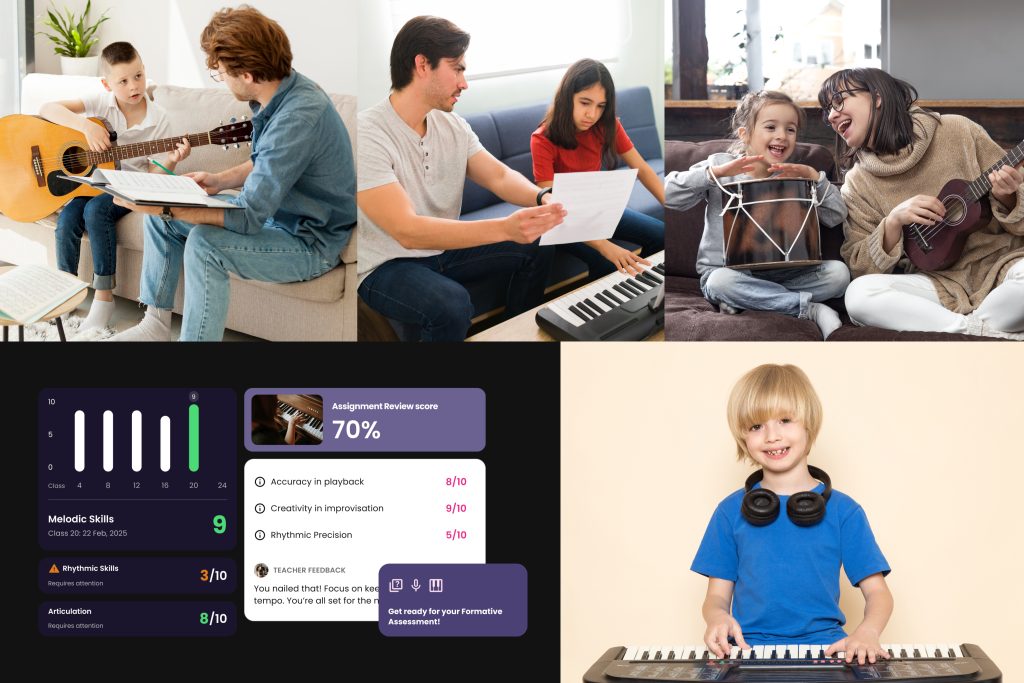
As a parent, you can apply the following simple strategies to make a significant difference in your child’s music development and enjoyment –
- Short and Fun Practice Session
Keep your child’s practice session between 10 and 15 minutes. Since their attention spans vary by age, a short, focused singing session will be more effective than a long, unfocused one. Ensure that the session remains playful and concludes on a positive note. - Expression Over Perfection
Teach your child to connect emotionally with the song, its natural expression and emotions behind the story. This will lead to better vocal technique without conscious effort.
- Use Props for Engagement
Children learn quickly when we use props, costumes, or gestures. These can help them embody the characters and stories, making their performance more engaging and confident.
- Record the Progress
Who doesn’t get motivated by progress, right? It’s the same for children, too. They love hearing about their improvement. Document their growth through a phone recording or otherwise, to ensure they are motivated to continue learning.
- Stay Ready for Formal Training
If they consistently show interest, ask questions about techniques, or express a desire to learn more challenging songs, then consider enrolling them in offline or online Western music lessons.
Shift from Disney Songs to Real Voice Training
There’s no denying that Disney music for kids can help in building an excellent foundation. However, identifying that, after a certain point, they will require structured, professional instruction is crucial for continued growth and development.
Signs of readiness for formal lessons
Look for the following signs to determine if they’re ready for the next level: showing sustained interest beyond the usual fun time, ability to focus on lessons for 15-30 minutes, asking questions to improve their voice, desire to learn challenging songs, and good listening skills to follow instructions.
Building on Disney Music Enthusiasm for lasting growth
Seeking professional training doesn’t mean abandoning beloved Disney songs. It only means learning the correct technique to make these Disney songs sound better. Enrolling them in online Western music lessons can help develop the technical foundation needed to nail more challenging songs and maintain their love for familiar favorites.
Unlock Your Child’s Full Vocal Potential
Every singer starts somewhere, and for some, this journey begins with their beloved Disney songs. While these magical melodies from Disney music surely provide an excellent foundation, after a certain point, only professional guidance can help your child reach their full potential.
At Artium Academy, we understand that children have a special liking for Disney music. To ensure children learn music the right way, while having fun with it, we have specially designed our online Western music lessons for learners aged 7 to 15 years. These lessons blend the joy of learning familiar songs with the technical foundation needed for lifelong musical success.
Our online Western music curriculum, curated by legendary singer Sonu Nigam, provides students with world-class instruction to build upon their natural love for music and earn a globally recognized music certification. With over 30,000 students worldwide already discovering their musical potential through our innovative online platform, we’ve perfected the art of nurturing young voices through structured, engaging, and effective online music classes.
So, if you find yourself searching for your child “online western vocal classes near me”, then your search ends here. Book a free 1:1 trial class with us and begin your child’s music learning journey today.
FAQs on 10 Easy Disney Songs for Kids
One of the easiest Disney songs to sing for kids is “When You Wish Upon A Star” from Pinocchio. Its gentle melody, slow tempo, and limited vocal range make it perfect for kids.
This question is subjective. We feel “Let It Go” from Frozen is the best Disney song of all time. It promotes the message of empowerment and self-acceptance, resonating with both children and adults.
“A Whole New World” from Aladdin and “You’ve Got a Friend in Me” are ideal songs for duets. These songs teach duet skills like singing in harmony, breath coordination, and collaboration.
“Hakuna Matata” from The Lion King is the most upbeat Disney song. It has a playful rhythm and a positive message that keeps kids engaged while improving their diction and breath control.
Here are 5 iconic Disney songs based on memorability and vocal appeal:
- Let It Go – Frozen
- A Whole New World – Aladdin
- How Far I’ll Go – Moana
- Hakuna Matata – The Lion King
- When You Wish Upon A Star – Pinocchio
These songs are not only globally recognized but also provide a strong foundation for vocal training and emotional expression.
It has to be “Let It Go” from Frozen. The original song includes a wide vocal range, sustained notes, and powerful belting sections. Although, as mentioned in the blog, a simpler version can be used by beginners to make it more accessible and manageable.
If you do it right, teaching Disney songs to kids can be a joyful experience. Here’s what you can do to teach Disney songs to children –
- Keep short and focused sessions that match your kids’ attention span to avoid fatigue.
- Don’t look for perfection. Focus on expression by promoting emotional connection and storytelling through a song.
- Use props, hand gestures to make learning more engaging.
- Record progress to motivate your kids by showing how far they have come.
- Start with familiar melodies like “Let It Go” or “You’ve Got a Friend in Me” to reduce the learning curve.
- When they start showing consistent interest, curiosity about techniques, and improved focus, it’s time to consider structured training, such as online music classes.
